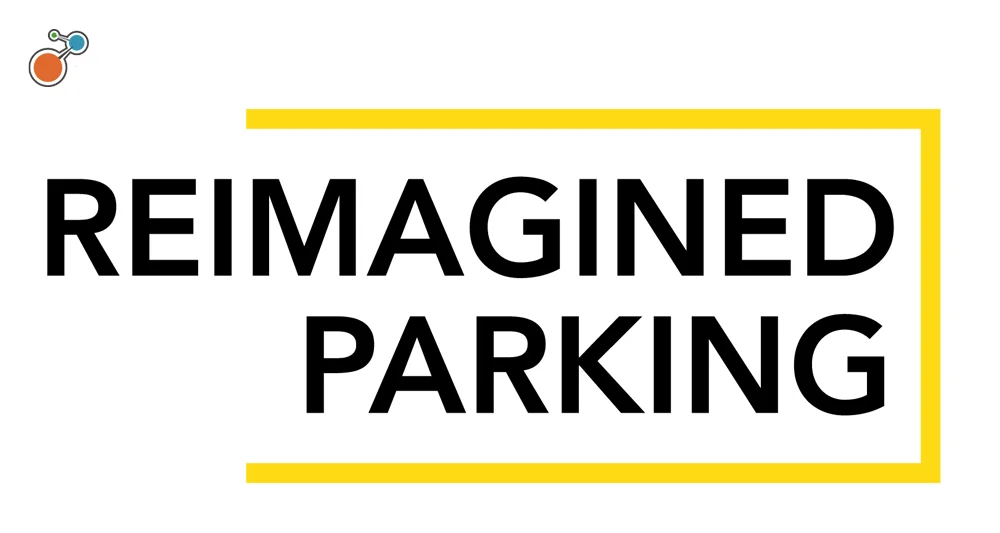Stanley Steemer’s Michelle Middendorf discusses the return on investment in vendor risk management software.
When Stanley Steemer set out to automate the more basic process of managing certificates of insurance for our 200 franchisees and their vendors, we never anticipated we would be able to rein in our entire vendor management process. But, we did, and it was transformative for the entire company.
Maintaining up-to-date certificates of insurance from third-party vendors can be a real challenge for organizations–ripe with opportunities for error, legal implications in the event of a lawsuit and inefficiencies that can hamstring an organization from growing its business.
That might sound like a lot of weight put on a task seemingly as simple as collecting insurance documents, but if you depend on a multitude of third-party vendors and you’re manually collecting information–relying on one-off communications, calendar reminders or in the worse case scenario, an inquiry from legal to check a certificate’s status–you know the struggle is real.
This was previously the case for my organization. With more than 200 franchisees and their own multitude of vendors, we were drowning in the process of collecting new certificates, renewing current certificates and following up on expired certificates–all of which were on separate schedules with different stakeholders using various communication methods.
A tremendous amount of time and resources were poured into manually updating and maintaining those records. Despite our efforts, the process was still riddled with non-compliance. In fact, we feared only 30 to 40 percent of our franchisees’ certificates were compliant–putting our organization and franchisees at risk in the event of any legal recourse.
Such risk is what drove us to automate the certificate management process–a decision that has led to dramatic improvements in compliance rates. About 96 percent of our franchisees’ certificates are now compliant, and the data collected from our electronic process has also given us clear direction on how to improve the other 4 percent that is possibly not compliant.
To do this we had to break away from our internal legacy system. We elected to invest in a risk management information system that could help manage certificates, but quickly learned it could also manage our overall vendor agreements. The results have been transformative–simplifying the process so much that we were able to increase our capacity to enlist more vendors.
Seeing the Results
Automating how we manage vendors end-to-end — including how we manage certificates of insurance — didn’t just streamline processes for our business and make life easier for our associates and vendors. It had both revenue-generating and cost-saving impacts that have translated into a real return on investment.
Partnering with Riskonnect has allowed us to:
Expand Our Revenue Stream: We have shifted from primarily focusing on residential business to more aggressively pursuing commercial lines of business — a priority that had been cumbersome, but is now streamlined because we have adequate resources to appropriately manage our vendors. With more vendors in tow — and the confidence that they’re of the highest quality and compliant — we can provide more commercial offerings. In fact, one of our commercial lines of business grew from $3.5 million in revenue to $10 million in revenue.
Maintain Our Headcount: Despite vastly improving our vendor and certificate management processes; drastically increasing our percentage of compliant vendors; and expanding our revenue stream, we haven’t had to increase headcount. Instead, risk technology has allowed us to continue to offer the great service customers expect; offer new services that commercial clients desire; and improve our associates’ workloads.
Reduce Outsourced Services: Not only have we maintained a steady headcount, but we’ve actually been able to reduce our reliance on external partners — like brokers and third party administrators — for services we can now do in house. Formerly, our broker handled certificate management for us, which can be costly. Now that we have our own tool, we were able to eliminate that ongoing expense and the savings have been tremendous.
Results like these are important for so many reasons. Increased revenue and reduced costs are good for any business, but even beyond that, such results help to expand the role and relevance of the risk management department. This is key to reducing risk across the enterprise.
I don’t think we would have been able to achieve these results without the right technology to cut across departments and bring together all areas of risk effectively and efficiently. Using integrated risk management technology has allowed us to reduce costs and enable insights that were previously unobtainable.




